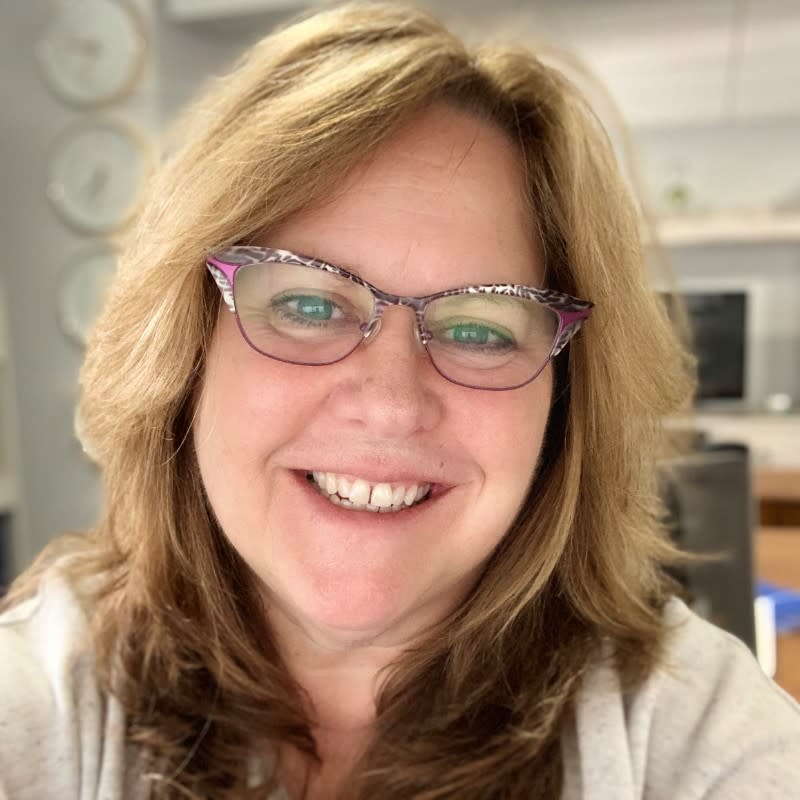Lisa Moriello talks tech, 2024 HECM limit and openness to reverse mortgages

Lisa Moriello, the national retail reverse mortgage sales manager at multichannel lender loanDepot, recently spoke to RMD about how business in 2024 seemed to be off to a promising start.
Diving deeper into the current reverse mortgage business environment, she offered additional perspectives on multiple topics. These include the integration of forward mortgage professionals into the reverse mortgage business, how the Home Equity Conversion Mortgage (HECM) limit for 2024 could end up impacting the industry, and the openness of both clients and referral partners to reverse mortgage conversations.
Forward-reverse integration
Some reverse mortgage industry professionals maintain strong feelings about either bringing more dedicated reverse mortgage professionals into the fold to focus on specialization, or the need to expand the pool of professionals in the space to include adding reverse to an existing forward mortgage professional’s portfolio.
For Moriello, she previously explained why it’s fairly easy for existing clients — including forward mortgage borrowers — already served by the company to be flagged as potential reverse mortgage customers once they reach the age of eligibility. For the HECM program, a company professional could look into their customer relationship management (CRM) software and see when a client could potentially qualify for a reverse mortgage.

“Any loan officer can run a report in their own database to calculate when someone’s date of birth hits that prime age [for a reverse mortgage],” Moriello said.
While some may think that certain technology tools are either forward-specific or reverse-specific, Moriello says that the tools at her company are often interchangeable by forward and reverse professionals.
Still, there are advantages to being a lender that is active in both forward and reverse, she explained.
“I feel like, as a loan officer that can look at all products and decide to show the client what different products — like a home equity line, a forward mortgage or a reverse mortgage — can do for them, it gives me the unique opportunity to present all products to them at the same time,” she explained. “[It helps me] give them an understanding about how each product would serve them.”
2024 HECM limit
On Jan. 1, the limit for HECM loans was increased to $1,149,825 by the Federal Housing Administration (FHA). Loan originators who have spoken with RMD on the topic generally find the increase welcome, but they do not feel that the higher limit is a “game-changer” when it comes to new business this year.
Moriello thinks it could be potentially beneficial overall.
“It’s absolutely a consideration,” she said. “I’m in the Northeast, so the higher the dollar amount, the better. I had a conversation [with a borrower] where we were talking through the benefits of taking out a HECM line of credit [for] future planning, [including] the growth rate tied to the HECM line credit.”
Still, despite the potential utility of a higher HECM limit, there are still some product gaps that the proprietary market could serve for people with higher-value homes, she said.
“When I sat down with this borrower, I realized I’ve got to run both the HECM and the proprietary for this client due to the value of the home,” she said. “I wish that we had a proprietary product that had more of a growth-rate line-of-credit option more similar to the HECM.”
Receptivity of referral partners, clients
When asked about openness to reverse mortgages from business referral partners and borrowers, Moriello explained that getting a curt “no thanks” is still common. But for those who might find a benefit in a reverse mortgage, they’re more open of late to explore the possibility.
“More often than not, these high-level professionals are looking for options for their clients,” she said, “whether those options are to help them buy a new home, to live a better life with more assets in retirement, or to help them get a non-taxable stream of cash flow to help them in retirement. They’re looking at opportunities.”
Certain longstanding issues have not gone away, including a perception by some financial planners that makes them feel reverse mortgages are not an option that can even be explored, let alone discussed. But modern classes of financial planners generally seem to be more open to conversations, based on Moriello’s conversations.
“These financial planners are much higher caliber and quality than I’ve ever seen before, but yet the understanding of the compliance behind it causes them to have to take a step back,” she said. “And sometimes they feel they can’t even talk about a reverse mortgage. It’s not as often as it used to be, which is a good thing.”
Spending speed
As for what’s fueling these greater levels of openness, Moriello said it could come from a lot of places, but the speed with which clients are burning through money today is a clear possibility.
“I know from what I can see, it is absolutely tied to how fast people are going through money,” she said. “I can absolutely see that these professionals are worried that their folks are going to run out of money.
“We were just talking here in the office about our own electric bills, which have effectively doubled in our area. That’s one thing when you’re still working, but what happens when you’re on a fixed income?”
That puts far more pressure on fixed-income retirees, which could lead to conversations about tapping into home equity, she said.
“What that means is folks need to take more money out of retirement than they ever have before, and the financial professionals are looking at understanding that. So, they’re looking at options to help them extend the life of their assets so that they can continue to live well in retirement.”
